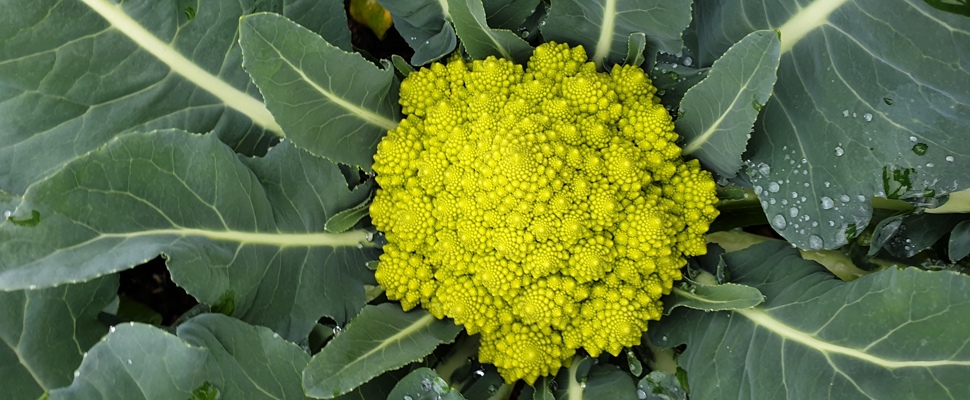
Winter Brassica trial 2022
Best winter brassicas
Brassicas (Brassica spp.) are a genus of plants native to Europe, thought to have originated as an ancient hybrid of wild Mediterranean species (Phillips & Rix, 1993). Brassica oleracea is the most important of the Brassica species and one of the most versatile of all cultivated food plants (Kew, 2022). Vegetable brassicas of this species include thousands of named cultivars, which are divided into the following groups: Acephala (Kales), Botrytis (Cauliflower), Capitata (Cabbages), Cymosa (Broccoli), Gemmifera (Brussels sprouts) and Gongylodes (Kohlrabi) (Bateman, 1998). Brassica are commonly grown in the home garden as the flower head and leaves can be eaten raw or cooked. Although they are best known for their culinary uses, some forms of Brassica are also grown for ornamental purposes, such as those with white or purple foliage and new cultivars are released to the market regularly.
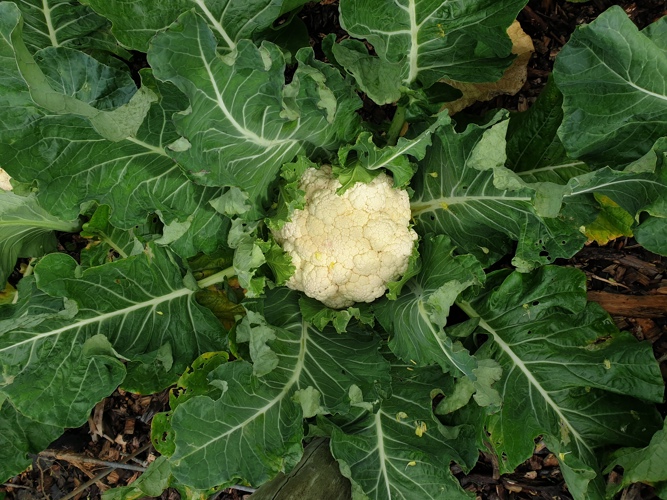
Figure 1. Brassica oleracea ‘All Year Round’. Photo: Samantha van Ryn
Auckland’s sub-tropical climate makes growing some Brassica difficult due to the potential for pests and diseases to infect plants. Brassica are often grown outdoors during winter when the climate is wet and cold, although some can be grown year round. The most common problems are molluscs (especially in winter), cabbage moth, aphids and whitefly (Lucas, 2005).
Auckland Botanic Gardens (ABG) uses plant trials to test and identify plants that do well in Auckland conditions with desirable characteristics including little or no pest or diseases, long floral displays, productive harvest and uniform habits, and minimal maintenance requirements. This allows ABG to make recommendations of plants that are suited to the Auckland climate and ensures high performing plants are displayed.
The aim of this trial was to find top performing Brassica that produce a healthy crop and stay pest and disease free, whilst creating an attractive display.
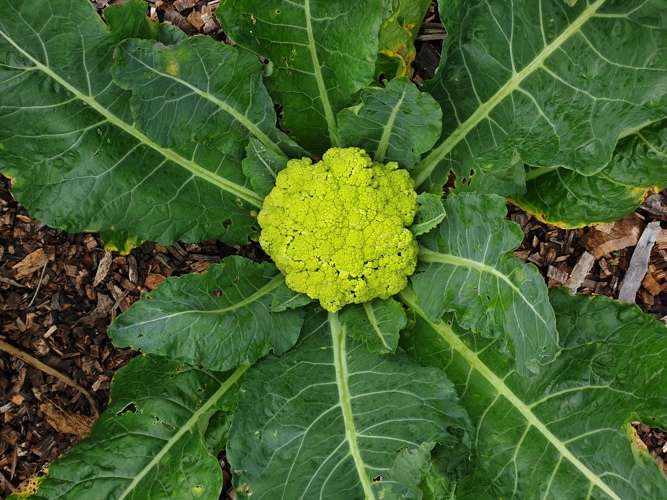
Figure 2. Brassica oleracea ‘Alverda’. Photo: Samantha van Ryn
Methods
Seven cultivars of commercially available Brassica from Egmont Seeds and Kings Seeds were selected for the trial, based on their appearance, disease resistance and flower quality (Table 1). Brassica were sown in February 2022, grown on, and planted out in April 2022 in the trials garden at ABG. Ten of each variety were planted in rows. The rows ran north to south and were exposed to the prevailing wind. Plants were spaced at 50cm apart. Prior to planting, trial beds were prepared with compost and mulch. Plants were watered during the first two weeks after planting, and snail bait was used once during this time to ensure they had a fair start to life. No subsequent maintenance of the plants was undertaken.

Figure 3. Brassica oleracea ‘De Cicco’. Photo: Samantha van Ryn
|
Name |
Cultivar |
F1/Heirloom |
Type |
Source |
|
Brassica oleracea, Botrytis group |
B. ‘All Year Round’ |
Open pollinated |
Cauliflower |
Egmont Seeds |
|
Brassica oleracea, Botrytis group |
B. ‘Alverda’ |
F1 Hybrid |
Broccoflower |
Egmont Seeds |
|
Brassica oleracea, Cymosa group |
B. ‘De Cicco’ |
Heirloom |
Broccoli |
Egmont Seeds |
|
Brassica oleracea, Botrytis group |
B. ‘Green Macerata’ |
Heirloom |
Cauliflower |
Kings Seeds |
|
Brassica oleracea, Cymosa group |
B. ‘Romanesco’ |
Heirloom |
Broccoli |
Egmont Seeds |
|
Brassica oleracea, Botrytis group |
B. ‘Twister’ |
F1 Hybrid |
Cauliflower |
Egmont Seeds |
|
Brassica oleracea, Botrytis group |
B. ‘Violet Sicilian’ |
Heirloom |
Cauliflower |
Kings Seeds |
Table 1: General information and source of 7 Brassica varieties
Monthly observations were made to assess the percentage of each plant affected by pests or disease. The first date of flowering (production of a head) was recorded. At maturity, the average height and width (cm) of plants was measured before flowering started. The head and foliage colours were recorded using the Royal Horticultural Society (RHS) colour charts. An evaluation by a group of staff was conducted in mid-July to assess plants overall and rate them according to ABG star performer criteria (1 = poor performer to 10 = excellent performer). Cultivars that scored 8 or more were considered top performers and are recommended for Auckland conditions based on the results of these trials. The overall rating took into consideration the flowering period, absence of pests and diseases, quality of produce, habit and vigour. Following the evaluation, two flower heads of each variety were harvested and subjected to a qualitative taste test by staff. Plants were left following harvest to determine whether they would set seed or resprout new heads.
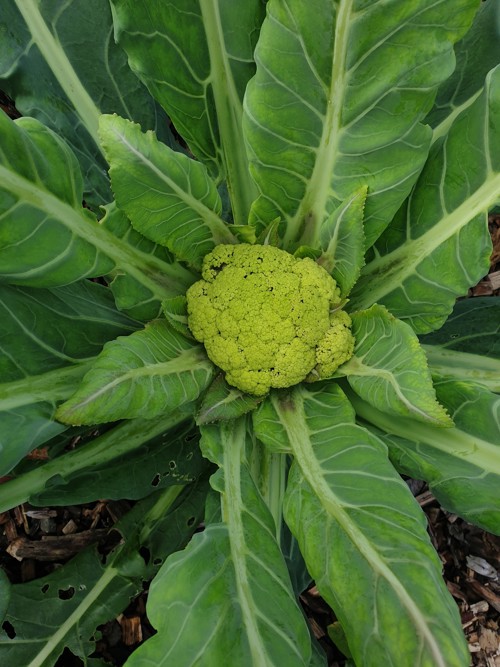
Figure 4. Brassica oleracea ‘Green Macerata’. Photo: Samantha van Ryn
Results
Upon maturity, the tallest cultivars were B. ‘De Cicco’, B. ‘Violet Sicilian’ and B. ‘Alverda’ (Table 2). The widest cultivars were B. “De Cicco”, B. ‘Romanesco’ and B. ‘Alverda’. B. ‘De Cicco’ grew the quickest of all cultivars, reached maturity quickest and was first to produce a flower head. B. ‘Green Macerata’ took the longest to reach maturity, experienced the greatest size variation between individual plants and took the most time to produce of all the cultivars. There was considerable size variation in head size between cultivars.
All cultivars had produced a head by mid-July, although there were differences in peak flowering times (Table 2). B. ‘All Year Round’ and B. ‘Twister’ produced heads that resembled traditional cauliflower in terms of shape and colour, although both started to form areas of purple as the heads aged (Table 3). B. ‘Green Macerata’ and B. ‘Alverda’ had a similar shape and growth pattern, although their head colour was of a distinct lime green. B. ‘Green Macerata’, B. ‘Twister’ and B. ‘All Year Round’ had patches of yellow and purple on leaves, which grew larger as the plants grew. As B. ‘De Cicco’ was the earliest to produce a head, it was also the quickest to flower and bolt. By early August, all heads were beginning to sprout and lose their shape, with the exception of B. ‘Twister’, which retained its traditional appearance for an extra week. Although two heads of each variety were harvested in late July for the taste test, no plants resprouted a new head by early October.
Once the bud had been harvested, the plant became understandably more afflicted by rot, particularly in the outer leaves. The remaining buds that were not harvested all succumbed to rot by late September. All varieties were flowering by late August, with plants displaying buttercup-yellow flowers from sprouted buds. All varieties produced seed pods by mid-October, with the exception of B. ‘All Year Round’ and B. ‘Alverda’, although it is yet to be determined whether seed is viable.
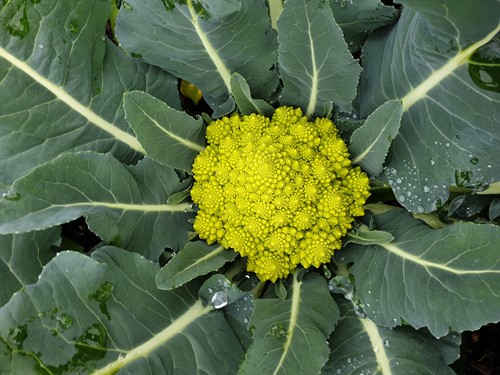
Figure 5. Brassica oleracea ‘Romanesco’. Photo: Samantha van Ryn
|
Cultivar |
First head appeared |
Habit and size (height by width in cm) |
Overall pests & disease |
Rating |
|
B. ‘All Year Round’ |
July 5th |
Uniform. |
Molluscs 5% |
9* |
|
B. ‘Alverda’ |
July 5th |
Uniform. |
Molluscs 5% |
6 |
|
B. ‘De Cicco’ |
June 17th |
Uniform, upright, sprouting. |
Molluscs 5% |
7 |
|
B. ‘Green Macerata’ |
July 13th |
Some size variation. 48 x 60 |
Molluscs <2% |
5 |
|
B. ‘Romanesco’ |
July 5th |
Uniform, upright. |
Molluscs <2% |
9* |
|
B. ‘Twister’ |
July 5th |
Uniform. |
Molluscs 5% |
8 |
|
B. ‘Violet Sicilian’ |
July 7th |
Uniform, upright. |
Molluscs <2% |
8 |
Table 2: Height and width (cm), pests and disease of seven B. oleracea varieties. Star performers are indicted with an asterisk (*).
|
Cultivar |
Foliage colour |
Flower colour |
Comments
|
|
B. ‘All Year Round’ |
Green group 136C & D |
Yellow green group 150D |
Traditional cauli appearance. |
|
B. ‘Alverda’ |
Green group 136C & D |
Yellow green group 149B |
Vibrant lime green flower head, like Romanesco but traditional broccoli shape. Leaves turning purple and yellow. |
|
B. ‘De Cicco’ |
Green group 133C |
Green group 133C |
Bolted, Buttercup yellow flowers on bud. Multi sprouting after initial flower. |
|
B. ‘Green Macerata’ |
Green group 137C |
Yellow-green group 149B |
Reached maturity later than the rest. Some leaf tips red/purple. |
|
B. ‘Romanesco’ |
Blue-green group 122B |
Yellow green group 149A |
Very vibrant colour and interesting pattern. |
|
B. ‘Twister’ |
Green group 136C & D |
Yellow green group 150D |
Traditional cauli appearance. Flower turned purple in places. Leaves turning yellow and purple. |
|
B. ‘Violet Sicilian’ |
Blue-green group 122B |
Purple group N79B & Yellow green group 154D |
Plants have N79B/C on new leaf margins and stems. |
Table 3: Foliage and flower head colours recorded with the RHS colour charts.
On all plants there was evidence of slug and snail damage throughout the growing period. B. ‘Green Macerata’, B. ‘Violet Sicilian’ and B. ‘Romanesco’ were the least affected by pests and diseases (Table 2). This generally increased as the cultivars grew (June – October). No whitefly, aphids or other pests were noticed throughout the growing season.
Although the growing season saw relatively low rainfall, all varieties developed rot on their older leaves. Some flower heads (B. ‘Twister’, B. ‘Alverda’ and B. ‘Green Macerata’) began to rot as they began to sprout in August, with all rotting by the end of September except B. ‘De Cicco’ and B. ‘Violet Sicilian’.
The group evaluation determined the star performers were B. ‘All Year Round’ and B. ‘Romanesco’. Selections with an overall rating of 8 or higher, B. ‘Twister’ and B. ‘Violet Sicilian’, are recommended for Auckland conditions.
We harvested two buds of each variety and steamed two florets in a microwave oven. The majority of the Brassica heads were tasty both when raw or cooked. Although B. ‘Alverda’ and B. ‘Green Macerata’ produced neat, green heads, their flowers were small, dense and woody, making for an undesirable texture (Table 5). A few varieties lost their colour when they were cooked, while others became brighter.
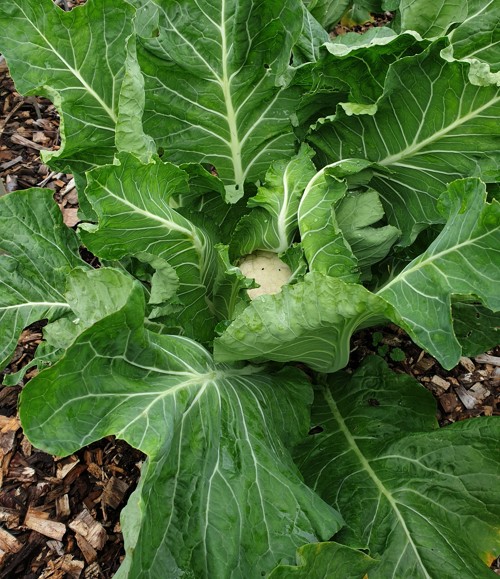
Figure 6. Brassica oleracea ‘Twister’. Photo: Samantha van Ryn
|
Colour (after cooking) |
Taste |
Overall taste |
|
|
All Year Round |
Same |
Typical cauliflower taste. Soft, delicious. |
8 |
|
De Cicco |
Same |
Typical broccollini taste. Slightly sweet. Delicious. |
8 |
|
Alverda |
Slightly lighter green |
Standard cauliflower taste. Slightly woody texture. |
6 |
|
Green Macerata |
Slightly greener |
Bit woodier than regular cauli, not pleasant texture. Taste- fine. |
6 |
|
Romanesco |
Slightly lighter green |
Delicious. Soft and sweet cauli taste. Slightly nuttier and firmer. |
9 |
|
Twister |
Lost any purple |
Typical cauliflower taste |
7 |
|
Violet Sicilian |
Lost a lot of purple |
Traditional cauli taste |
8 |
Table 5: Taste descriptions of 7 B. oleracea varieties
Conclusions
From this trial, we recommend B. oleracea ‘All Year Round’ and B. ‘Romanesco’ which were rated 9 in the overall evaluation with consistent flowers, attractive habits, minimal pests and diseases and low maintenance. They both also performed well in the taste evaluation. B. ‘Violet Sicilian’ and B. ‘Twister’ received an 8 in the evaluation and are also recommended for an attractive display and their delicious taste. Within most cultivars, there was some variability in size of individual plants. We recommend using these Brassica in pockets, rather than large plantings or as a single bedding crop. Inclusion in mixed plantings would likely help to reduce the likelihood of pests and diseases affecting individual plants.

Figure 7. Brassica oleracea ‘Violet Sicilian’. Photo: Samantha van Ryn
References
Bateman, D. (1998). New Zealand Gardening Encyclopaedia. David Bateman Ltd.
Lucas, R. (2005). Managing pests and diseases: A handbook for New Zealand gardeners. Craig Potton Publishing.
Phillips, R. & Rix, M. (1993). Vegetables. Pan Garden Plants Series, London, UK.
Royal Botanic Gardens Kew: Plants of the world online. Published on the Internet at http://www.ipni.org and https://powo.science.kew.org/
Figures
Figure 1. Brassica oleracea ‘All Year Round’. Photo: Samantha van Ryn
Figure 2. Brassica oleracea ‘Alverda’. Photo: Samantha van Ryn
Figure 3. Brassica oleracea ‘De Cicco’. Photo: Samantha van Ryn
Figure 4. Brassica oleracea ‘Green Macerata’. Photo: Samantha van Ryn
Figure 5. Brassica oleracea ‘Romanesco’. Photo: Samantha van Ryn
Figure 6. Brassica oleracea ‘Twister’. Photo: Samantha van Ryn
Figure 7. Brassica oleracea ‘Violet Sicilian’. Photo: Samantha van Ryn